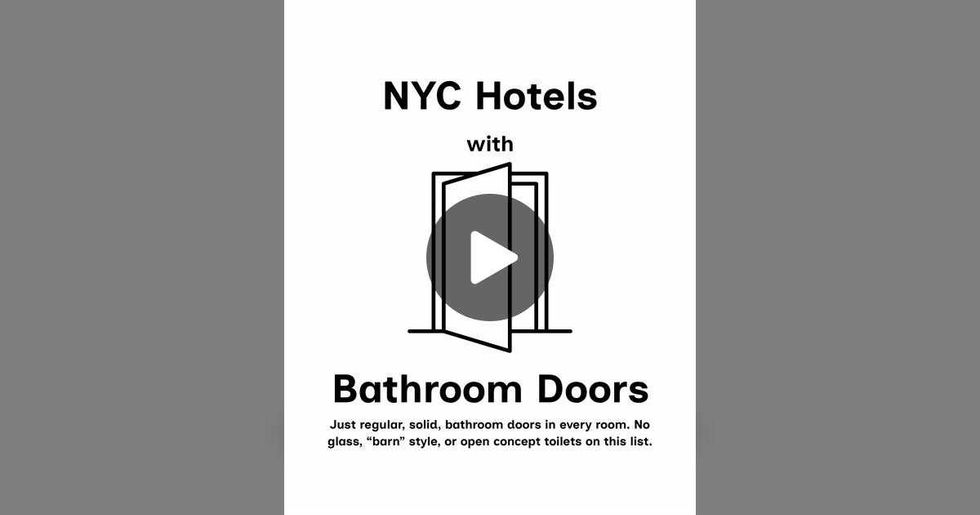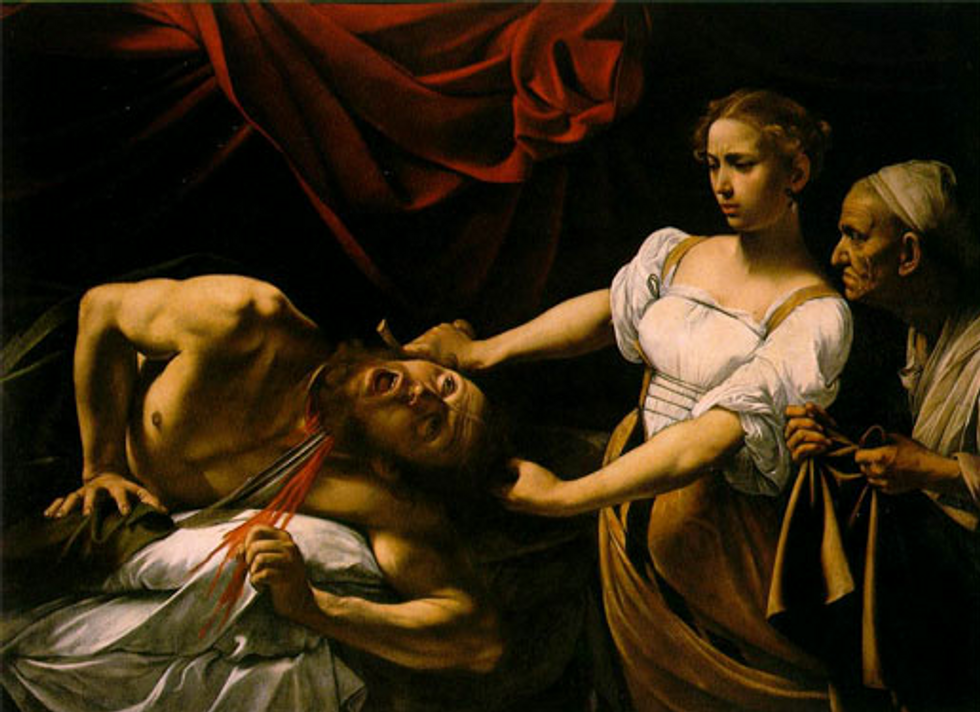More than 150 world leaders are expected to attend the U.N. Sustainable Development Summit this weekend at the United Nations’ headquarters in New York City. There, they’ll formally adopt their to-do list for the entire planet—a momentous agenda referred to as the Sustainable Development Goals (SDGs), intended to spur the international community into action and solve some of the world’s biggest problems by 2030.
It’s a long list, featuring 17 goals written in the dense language of geopolitics. Truly mobilizing people means communicating this plan clearly and succinctly to as many of them as possible. But how to do that when there are cross-cultural divides, language barriers, and 757 million people around the world who cannot read or write?
Enter Jakob Trollbäck, graphic designer and chief creative officer of design and branding firm Trollbäck + Company. A little more than a year ago, Trollbäck was tasked by Richard Curtis, founder of Project Everyone, with branding the Global Goals in order to help make them famous—so famous that every single person on Planet Earth would encounter and understand them.
Trollbäck’s job, then, is essentially to communicate at a level beyond language. It’s particularly fitting, given that the root cause of many of the issues being tackled by the SDGs is global illiteracy. Without the ability to read or write, people everywhere are more prone to crime, infant mortality, gender inequality, poverty, and infectious diseases.
Though he thinks all the goals are important, Trollbäck says that, “In a way, everything starts with ‘Goal 4: Quality Education’. A civilized, intelligent, and humane society can only be built with education. It creates insight and empathy and stands in the way of intolerance and abuse. Just look at the systematic way that the Taliban and ISIS are trying to eradicate education, and you understand what’s in the balance.” Which might be why the U.N. has been so ambitious with one of the targets Goal 4 needs to hit: “By 2030, ensure that all youth and a substantial proportion of adults, both men and women, achieve literacy and numeracy.”
It’s a complicated objective that organizations like Project Literacy are already tackling, and it’ll take commitment from people all over the world to accomplish. Step 1 has to involve reaching out to illiterate individuals about their options in a straightforward, immediately comprehensible way. That’s why an awareness campaign of this magnitude is so important—by leveraging widespread radio spots, ads before movies, toolkits for educators, and other surprising placements, Project Everyone actually has a chance of reaching everyone, no matter their circumstances.
Creating universally understood iconography has been a long and delicate process. Trollbäck likens it to a negotiation, as he and the U.N. nudged the goals closer and closer to clarity. From the very beginning, he says, “There was almost a unanimous consensus that this was way too much. There was huge pressure to get the goals down to something that was more easily graspable.” Trollbäck and team tried grouping similar goals together by color or theme, but ultimately, they determined abstract categories were a cop-out. The best path forward was allowing each goal to stand on its own through a clear visual message that literally anyone could comprehend.
“The first time I presented the icons—even though some were very temporary—was sort of a revelation for everybody, even the leaders at the U.N. who before had been feeling the whole thing had been complicated by all the negotiation, and that 17 goals was almost a ridiculous number. Everyone on board had sudden excitement for the project—like, okay, we can do this.”
It’s certainly been an intensive endeavor—but always worth it, says Trollbäck. “Before this project, I had been to the U.N. building once before, as a tourist 20 years ago. To go in there and get a name [plate], that was pretty extraordinary... I’m not going to say that our work here is going to be saving the world by itself, but [whenever the pressure of the project nearly overwhelmed us], I would say, ‘Here’s what’s going to happen. Your kids are going to say, tell me the story again. The story of when you saved the world!’ You’re doing this for them.”
In the above slideshow, get Trollbäck’s perspective about how the language and imagery for the Global Goals project has become clearer and more universal over time. Sketches courtesy Trollbäck + Company.
















 TikTok · Bring Back Doors
TikTok · Bring Back Doors 



 Label for Middle Earth Organics' Organic Tomato & Porcini Mushroom Sauce
Label for Middle Earth Organics' Organic Tomato & Porcini Mushroom Sauce "Judith Beheading Holofernes" by Caravaggio (1599)
"Judith Beheading Holofernes" by Caravaggio (1599)